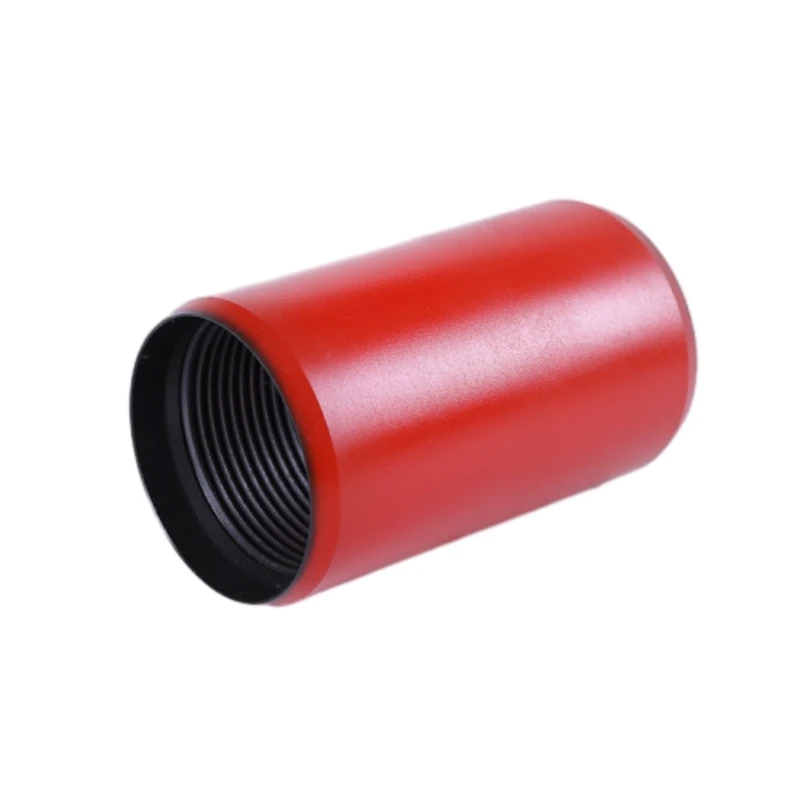- Afrikaans
- Albanian
- Amharic
- Arabic
- Armenian
- Azerbaijani
- Basque
- Belarusian
- Bengali
- Bosnian
- Bulgarian
- Catalan
- Cebuano
- Corsican
- Croatian
- Czech
- Danish
- Dutch
- English
- Esperanto
- Estonian
- Finnish
- French
- Frisian
- Galician
- Georgian
- German
- Greek
- Gujarati
- Haitian Creole
- hausa
- hawaiian
- Hebrew
- Hindi
- Miao
- Hungarian
- Icelandic
- igbo
- Indonesian
- irish
- Italian
- Japanese
- Javanese
- Kannada
- kazakh
- Khmer
- Rwandese
- Korean
- Kurdish
- Kyrgyz
- Lao
- Latin
- Latvian
- Lithuanian
- Luxembourgish
- Macedonian
- Malgashi
- Malay
- Malayalam
- Maltese
- Maori
- Marathi
- Mongolian
- Myanmar
- Nepali
- Norwegian
- Norwegian
- Occitan
- Pashto
- Persian
- Polish
- Portuguese
- Punjabi
- Romanian
- Russian
- Samoan
- Scottish Gaelic
- Serbian
- Sesotho
- Shona
- Sindhi
- Sinhala
- Slovak
- Slovenian
- Somali
- Spanish
- Sundanese
- Swahili
- Swedish
- Tagalog
- Tajik
- Tamil
- Tatar
- Telugu
- Thai
- Turkish
- Turkmen
- Ukrainian
- Urdu
- Uighur
- Uzbek
- Vietnamese
- Welsh
- Bantu
- Yiddish
- Yoruba
- Zulu
casing coupling dimensions
Understanding Casing Coupling Dimensions in Oil and Gas Industry
In the oil and gas industry, the integrity and stability of drilling operations are paramount. Casing, a critical component in drilling, serves to stabilize the borehole, prevent contamination of groundwater, and ensure safe hydrocarbon production. One of the essential aspects of casing systems is the coupling – the device used to connect two joint pipes. This article delves into the dimensions of casing couplings, their significance, and the various standards employed to ensure compatibility and functionality in drilling operations.
What is a Casing Coupling?
A casing coupling is a short piece of pipe designed to connect two lengths of casing. Couplings are essential in extending the length of the casing string, allowing for deeper drilling and ensuring that the integrity of the structure is maintained under pressure conditions. Casing couplings come in various dimensions, which are standardized to ensure compatibility among different manufacturers and types of casing.
Importance of Casing Coupling Dimensions
The dimensions of casing couplings play a crucial role in the overall performance of the casing system. A well-designed coupling should
1. Ensure Mechanical Integrity Couplings must withstand the stresses of drilling operations, including tension, compression, and torsion. The dimensions need to be precise to prevent failures that could lead to environmental hazards or loss of life.
2. Maintain Seal Integrity Proper dimensions enable effective sealing between couplings and casing joints. A good seal is vital for preventing fluid migration, which can result in contamination of groundwater or loss of pressure in the well.
3. Facilitate Assembly and Disassembly Casing couplings should be engineered to allow for easy assembly and disassembly to enable repairs and maintenance of the casing string without significant downtime.
4. Ensure Compatibility With numerous manufacturers and casing types, standard dimensions help ensure that couplings from different sources will fit together correctly, promoting ease of use and reducing delays.
Casing Coupling Dimensions Standards
Several industry standards govern the manufacturing and specification of casing couplings, including
casing coupling dimensions

- American Petroleum Institute (API) Standards API is one of the primary standards organizations for oil and gas equipment. The API specifications outline the dimensions and tolerance levels for casing couplings, ensuring that they meet the required safety and performance standards.
- ISO Standards The International Organization for Standardization (ISO) also provides guidelines that influence casing coupling dimensions. These standards aim to enhance interoperability and safety across global markets.
- Manufacturer Specifications While industry standards provide a framework, manufacturers often have their own specifications based on unique engineering requirements or innovations. These specifications may vary slightly, but they generally adhere to API or ISO standards.
Common Dimensions for Casing Couplings
While specific dimensions can vary based on casing size and type, common dimensions generally include
- Outer Diameter (OD) The external diameter of the coupling, which must match the casing’s inner diameter.
- Inner Diameter (ID) The internal diameter of the coupling affects the flow of fluids and pressure dynamics within the casing.
- Length The length of the coupling must provide enough overlap with the casing joints to ensure structural integrity.
- Thread Specifications The threading on the ends of the couplings must align with the casing threads, which can be API or proprietary designs.
Conclusion
Casing couplings are vital components in the oil and gas industry's casing system. Understanding casing coupling dimensions is crucial for ensuring the effectiveness, safety, and durability of well operations. By adhering to established standards and focusing on precise measurements, operators can enhance the reliability of their drilling projects, mitigating risks and ensuring a more sustainable approach to hydrocarbon extraction. As technology and engineering practices continue to evolve, maintaining rigorous standards and adapting to new methods will be essential for the future of the industry.
-
Tubing Pup Joints: Essential Components for Oil and Gas OperationsNewsJul.10,2025
-
Pup Joints: Essential Components for Reliable Drilling OperationsNewsJul.10,2025
-
Pipe Couplings: Connecting Your World EfficientlyNewsJul.10,2025
-
Mastering Oilfield Operations with Quality Tubing and CasingNewsJul.10,2025
-
High-Quality Casing Couplings for Every NeedNewsJul.10,2025
-
Boost Your Drilling Efficiency with Premium Crossover Tools & Seating NipplesNewsJul.10,2025







